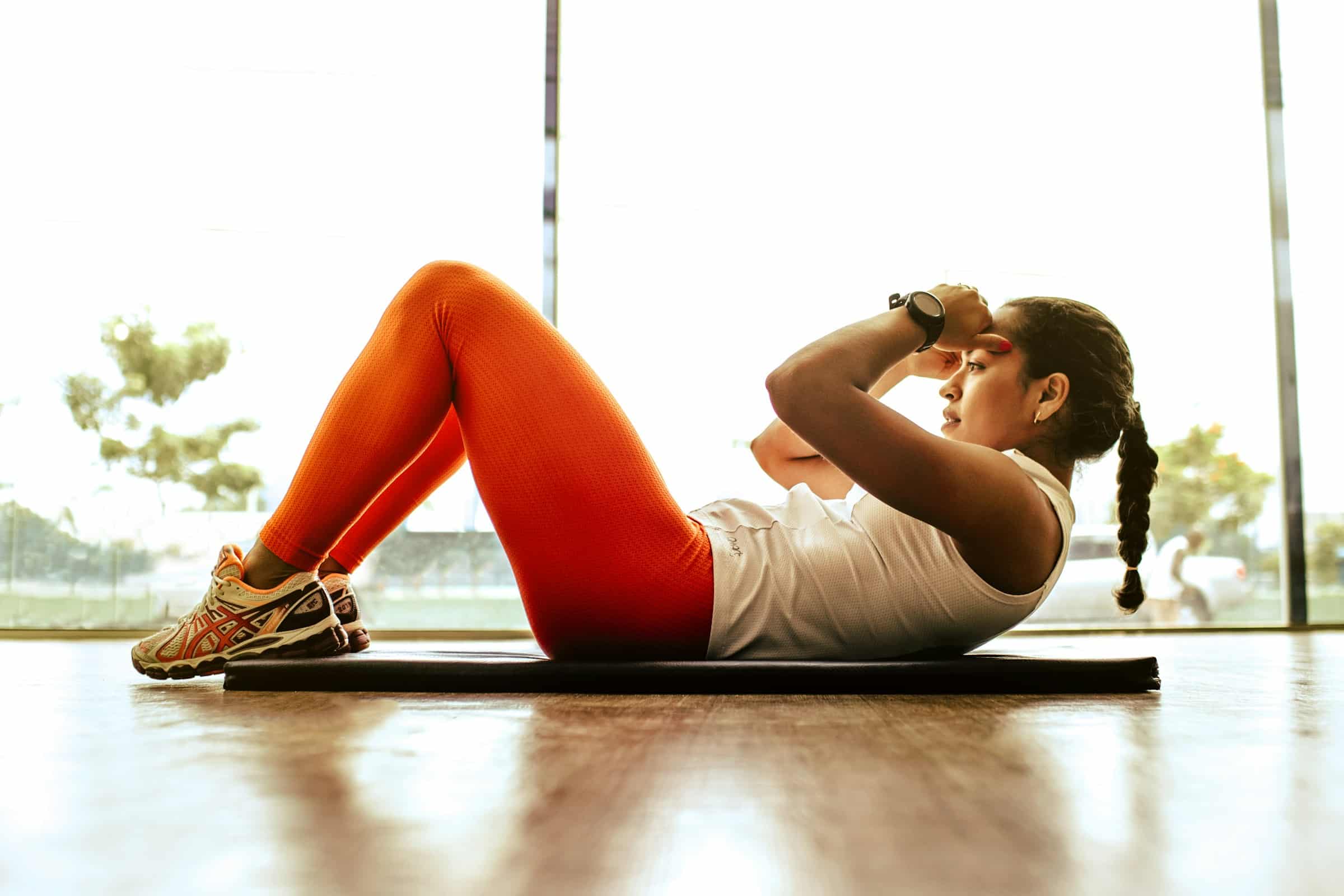What’s the Benefit of Active Isolated Stretching for Ballet Dancers?

Ballet dancers pride themselves on the precision and beauty of their movements. To achieve such grace, they undergo rigorous training that focuses on strength, flexibility, and control. A critical component of this training involves stretching. However, the traditional methods of stretching may not always yield the desired flexibility and can sometimes lead to injuries. A rising trend in the ballet and broader sports community is the use of Active Isolated Stretching (AIS). This article sheds light on the benefits of AIS for ballet dancers, based on studies carried out on this topic.
Unraveling the Concept of Active Isolated Stretching
Understanding how AIS works is the first step to appreciating its efficacy in promoting flexibility and reducing the risk of injury.
A découvrir également : What Is the Efficacy of Compression Gear in Improving Recovery for Ultramarathon Runners?
Active Isolated Stretching, as the name implies, involves actively stretching a specific muscle or group of muscles for a brief duration. This method deviates from traditional stretching techniques where stretches are held for longer periods. According to scholarly findings from PubMed and similar platforms, AIS allows for a more effective stretch by leveraging the body’s natural physiological makeup.
Each stretch in AIS is held for no longer than two seconds, which aligns with the natural timings our nervous system uses to protect our muscles from injury. This brief stretch duration avoids triggering the protective stretch reflex, a physiological response that opposes the stretch, thereby limiting the ROM (Range of Motion). By working with your body’s natural responses, AIS facilitates a more efficient and effective stretch.
Lire également : How to Structure Interval Training for Optimal Performance in Middle-Distance Running?
How Active Isolated Stretching Benefits Ballet Dancers
Now that we understand what AIS is, let’s delve into the benefits it offers to ballet dancers.
One of the significant advantages of AIS for ballet dancers is enhanced flexibility. In a study cited on PubMed and other scholarly resources, it was found that AIS improved ROM more significantly than traditional stretching methods. This increased flexibility allows dancers to perform their movements with greater ease and grace.
Muscle strength is another area where AIS has proven beneficial. By isolating specific muscles during stretching, AIS helps dancers strengthen these muscles, leading to improved performance and reduced risk of injury.
Reduced muscle fatigue and quicker recovery are additional benefits of AIS. Since the stretches in AIS are active, they promote blood flow and nutrient delivery to the muscles, aiding in quicker recovery after intense dance routines.
Incorporating Active Isolated Stretching into Ballet Training Programs
Incorporating AIS into ballet training programs can significantly enhance the dancers’ performance and reduce the risk of injury. Here are some ways to do that.
Start by educating the dancers about the benefits of AIS and how it differs from traditional stretching methods. This understanding will motivate them to actively participate in AIS routines and do them correctly.
Designing AIS routines that target the muscles most used in ballet is the next step. You can refer to scholarly resources or consult with physiotherapists experienced in AIS to design effective routines.
Monitoring the progress of dancers using AIS is crucial to see its effectiveness and make necessary adjustments. Regular feedback from dancers about how they feel after AIS routines can help fine-tune the program.
Addressing Misconceptions about Active Isolated Stretching
Despite the documented benefits of AIS, there are some misconceptions about its effectiveness and implementation.
Firstly, some people believe that AIS only benefits athletes or people involved in sports. This is not true. While AIS can be beneficial for ballet dancers, it is a versatile stretching technique that can be used by anyone, regardless of their fitness level or activity type.
Secondly, the short duration of AIS stretches often leads to the misconception that it’s less effective than traditional stretching techniques. However, studies suggest that this brief duration is actually more effective because it works with the body’s natural physiological responses.
Lastly, some people think that AIS requires specialized equipment or professional assistance. While it’s true that AIS can be enhanced with certain tools and professional guidance, it’s also possible to perform effective AIS stretches using just your body weight.
As with any training method, it’s essential to approach AIS with the right knowledge and guidance to reap its full benefits. For ballet dancers looking to enhance their flexibility, improve muscle strength, and reduce risk of injury, AIS may just be the stretching solution they’ve been waiting for.
Empirical Evidence Supporting Active Isolated Stretching for Ballet Dancers
The impact of Active Isolated Stretching (AIS) on ballet dancers is not merely theoretical; it is backed by several empirical studies available on Google Scholar, doi PubMed, and other scholarly databases. These research findings provide substantive evidence that reinforces the effectiveness of AIS in enhancing flexibility, muscle strength, and recovery after strenuous dance routines.
A systematic review of studies published in Sports Med revealed that AIS surpasses traditional stretching in boosting the Range of Motion (ROM). This increase in ROM is critical for ballet dancers who often have to perform complex movements that require a high degree of flexibility.
In relation to muscle strength, a PMC free article detailed a study where ballet dancers experienced significant strength improvements after incorporating AIS into their regular training routines. Through the active engagement of specific muscle groups, AIS supports strength training and helps develop more potent and resilient muscles.
Also, PubMed featured a meta-analysis on the benefits of AIS for lower extremity muscles, which are heavily utilized by ballet dancers. The findings showed that AIS improved hip flexion and knee extension, two key movements in ballet.
Recovery is another area where AIS has proven to be beneficial. A research paper, available as a free article on PubMed, demonstrated that AIS sped up recovery and reduced muscle fatigue in ballet dancers. By promoting better blood flow and nutrient delivery to the muscles, AIS aids in faster recovery post intense dance routines.
Conclusion: The Future of Ballet Training
Active Isolated Stretching, with its myriad of benefits backed by empirical evidence, presents a viable alternative to traditional stretching methods for ballet dancers. By working with the body’s natural physiological responses, AIS enhances flexibility, boosts muscle strength, and promotes quicker recovery.
The increasing recognition of AIS in sports med and its effective implementation in strength training underscore its potential to be an integral part of ballet training programs in the future. Ballet dancers and trainers, thus, would do well to familiarize themselves with AIS – educating themselves through resources available on platforms like Google Scholar, DOI PubMed and PMC Free.
As with any new technique, it is crucial to approach AIS with the correct understanding. Remember, the short duration of AIS stretches does not diminish their effectiveness. On the contrary, it aligns with the body’s natural timings to facilitate a more effective stretch. Also, while AIS can be executed using specialized equipment or professional assistance, effective stretches can be performed using just body weight.
In conclusion, AIS is a promising stretching technique for ballet dancers. By enhancing flexibility, improving strength, and speeding up recovery, it offers a potent strategy to elevate performance and reduce the risk of injury. With due diligence and consistent application, ballet dancers can potentially unlock their best performances with AIS.
